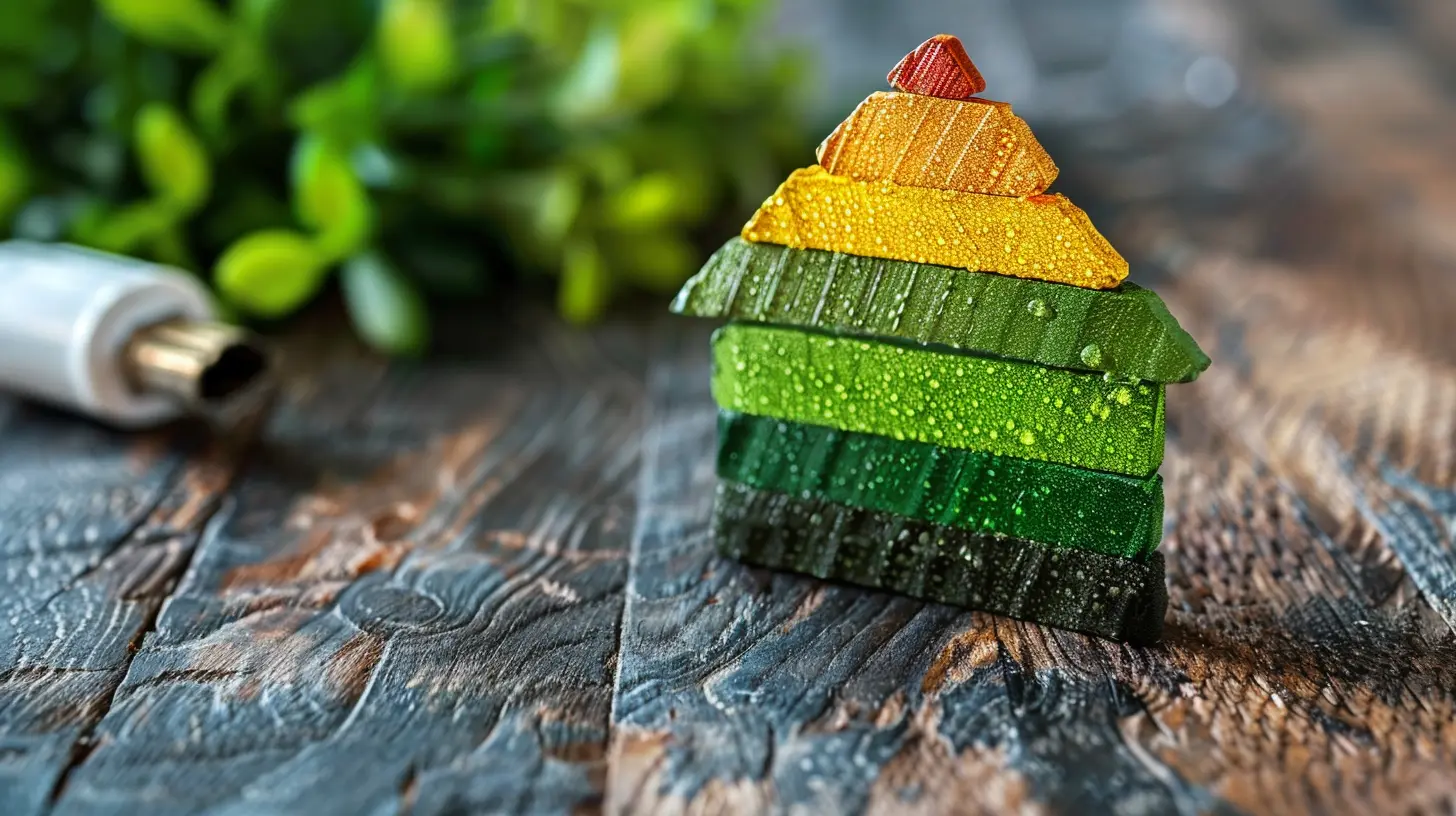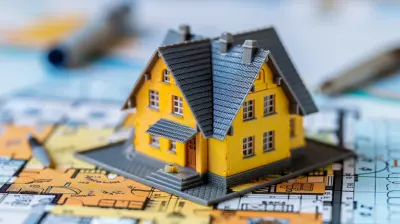Creating Energy-Efficient Solutions in Historic Properties
26 June 2025
Owning a historic home is like owning a piece of history—a beautiful, timeless structure that tells a story. But let’s be real: old homes aren’t exactly known for being energy-efficient. Drafty windows, outdated heating systems, and poor insulation can make them expensive to maintain. So, how do you bring these charming structures into the modern age without compromising their character?
Good news: It’s possible to enhance energy efficiency in historic properties while maintaining their unique charm. In this guide, we’ll walk you through practical solutions that keep your home cozy, cut energy bills, and stay true to its heritage. 
Why Energy Efficiency Matters in Historic Homes
Before diving into solutions, let's talk about why energy efficiency is crucial for older homes:1. Lower Energy Bills – Old homes were built differently, often without proper insulation. Upgrading can significantly reduce heating and cooling costs.
2. Comfort – No more chilly drafts in winter or unbearable heat in summer.
3. Eco-Friendly Living – Reducing energy consumption helps lower your carbon footprint.
4. Preserving Historic Integrity – Thoughtful upgrades can enhance efficiency without diminishing architectural charm.
Now that we understand the importance, let's explore the most effective ways to create energy-efficient solutions in historic properties. 
1. Upgrade Insulation Without Compromising the Aesthetics
One of the biggest culprits of energy loss in old homes? Poor insulation.Many historic homes were built before modern insulation techniques existed, meaning they tend to leak warm air in winter and trap heat in summer.
Best Insulation Methods for Historic Homes
- Blown-in Cellulose Insulation – A great option for adding insulation to walls without major alterations. It provides excellent thermal resistance and is eco-friendly.- Natural Fiber Insulation – Materials like wool, cotton, or hemp provide excellent insulation while being breathable and sustainable.
- Aerogel Insulation Panels – These thin, high-performance panels can be placed behind walls or under floors with minimal impact on aesthetics.
What About Wall Insulation?
If your home has historical plaster walls, avoid tearing them down. Instead, consider insulating attics or basements first, as a significant amount of heat loss happens through the roof and floors.
2. Seal Drafts and Improve Windows
Historic windows are often single-pane, making them inefficient in controlling temperature. However, replacing them with modern versions can strip a home of its character. So, what’s the alternative?Effective Window Upgrades
- Weatherstripping & Caulking – A simple, cost-effective way to seal gaps around windows.- Interior or Exterior Storm Windows – These add an extra barrier for insulation while preserving the authentic window design.
- Thermal Shades or Heavy Curtains – Helps retain indoor heat during colder months.
If your home’s original windows are beyond repair, consider replicas that mimic the historic design but include modern energy-saving technologies like double-glazing. 
3. Upgrade the Heating and Cooling Systems
Most historic homes rely on outdated heating and cooling systems, which are inefficient and costly to operate. But before ripping out old radiators or fireplaces, consider energy-efficient alternatives.Energy-Efficient Heating and Cooling Solutions
- High-Efficiency Boiler or Furnace – Retains the vintage aesthetic while improving functionality.- Ductless Mini-Split Systems – Ideal for historic homes because they don’t require extensive ductwork.
- Geothermal Heating and Cooling – A long-term investment that uses the earth’s natural temperature to regulate your home’s climate.
For homes with fireplaces, consider fireplace inserts—these improve heat retention while maintaining the classic appearance.
4. Install Smart Energy Solutions
Energy efficiency isn’t just about insulation and heating—it’s also about smart upgrades that help manage energy use.Smart Home Devices for Historic Homes
- Programmable Thermostats – Adjust heating and cooling systems based on your schedule for optimized energy use.- Smart Power Strips – Prevent unused devices from draining power.
- LED Bulbs – These use up to 75% less energy compared to traditional bulbs while still providing warm, vintage-style lighting.
Modern technology can make an old home more efficient without being intrusive.
5. Improve Ventilation to Prevent Moisture Issues
Older homes, particularly those with thick masonry walls, need proper ventilation to prevent humidity-related problems like mold or decay.Best Ventilation Solutions for Historic Homes
- Passive Ventilation – Strategically opening and positioning windows can improve airflow and reduce humidity.- Energy Recovery Ventilators (ERVs) – Helps exchange stale indoor air with fresh outdoor air while retaining heat.
- Dehumidifiers – Essential for humid climates, preventing moisture damage in walls and woodwork.
A well-ventilated home not only improves air quality but also enhances energy efficiency by reducing strain on HVAC systems.
6. Switch to Energy-Efficient Appliances
Old appliances might add to a home's charm, but they’re not doing you any favors when it comes to energy consumption. If you're serious about efficiency, consider replacing outdated appliances with Energy Star-rated models.Best Upgrades for Historic Homes
- Energy-Efficient Refrigerators – Look for vintage-style models with modern efficiency features.- Induction Cooktops – Uses less energy than traditional gas or electric stoves.
- Tankless Water Heaters – Saves energy by heating water only when needed.
These subtle upgrades can dramatically cut down on energy usage without clashing with the original aesthetic of your historic home.
7. Harness Renewable Energy Sources
If you're looking for long-term sustainable solutions, renewable energy should be on your radar. While slapping solar panels on a historic roof might not be ideal, there are clever ways to integrate renewable energy.Renewable Energy Options for Historic Homes
- Solar Shingles or Ground-Mounted Solar Panels – Instead of traditional panels on the roof, opt for less intrusive options like solar shingles or installing a separate panel array nearby.- Micro-Hydro Power or Wind Turbines – If your home is near a water source or open land, these can be excellent renewable energy solutions.
- Solar Water Heaters – A subtler way to incorporate solar energy without altering the home’s external appearance.
Many municipalities offer tax incentives for homeowners who invest in renewable energy, making this an even more attractive option.
Final Thoughts: Balancing Efficiency with Preservation
Creating energy-efficient solutions in historic properties is all about finding the sweet spot between modern comfort and timeless charm. By upgrading insulation, sealing drafts, optimizing heating and cooling, and incorporating smart technology, you can enjoy a cozy, energy-efficient home without sacrificing its authentic beauty.Remember, every little change adds up. Even small steps—like sealing gaps, using heavy curtains, or switching to LED bulbs—can make a significant impact. The goal is to respect the past while embracing a more sustainable future.
So, what’s your next step? Start with small, manageable improvements and work your way up. Your historic home—and your wallet—will thank you!
all images in this post were generated using AI tools
Category:
Historic HomesAuthor:

Kingston Estes
Discussion
rate this article
2 comments
Rosalyn Turner
Great insights! It’s inspiring to see innovative approaches that blend sustainability with the charm of historic properties. Emphasizing energy efficiency not only preserves our architectural heritage but also contributes positively to the environment. Keep up the excellent work in fostering these vital solutions!
November 2, 2025 at 4:36 AM
Elowyn McCarty
Embracing energy efficiency in historic properties not only preserves our architectural heritage but also paves the way for a sustainable future—transforming the past into a greener tomorrow!
July 6, 2025 at 12:21 PM

Kingston Estes
Thank you for highlighting the importance of merging preservation with sustainability! Embracing energy efficiency truly allows us to honor our architectural heritage while fostering a greener future.


